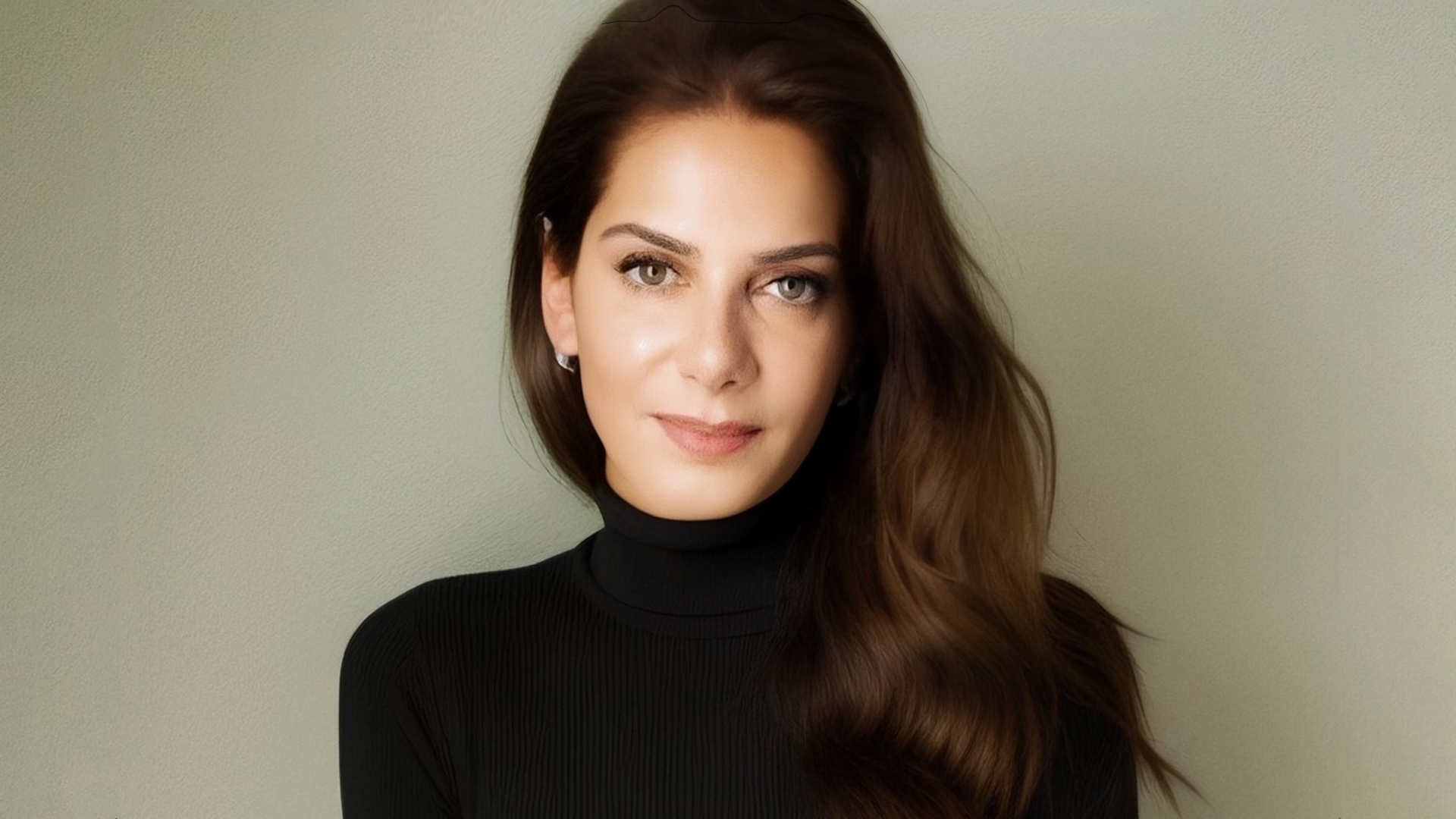
A round-up of 12 must-know designers behind luxury menswear, including Véronique Nichanian for Hermès, Italo Zucchelli for Calvin Klein & Martyn Bal for Versace
A round-up of 12 must-know designers behind luxury menswear, including Véronique Nichanian for Hermès, Italo Zucchelli for Calvin Klein & Martyn Bal for Versace.
With all the constant publicity surrounding designers of luxury womenswear, one could be forgiven for assuming Alber Elbaz, Marc Jacobs and John Galliano are the be-all and end-all of Lanvin, Louis Vuitton and Dior respectively. Whilst they give consumers a tangible face and voice to a brand, it is often the case that there is an alternate independent talent behind the men that grace the runways of Paris, Milan, London and New York.
Although some menswear designers do make the headlines, Thom Browne for Moncler Gamme Bleu, Kris Van Assche for Dior Homme and Raf Simons for Jil Sander, many other creators of influential and popular luxury menswear brands have yet to seep into the consumers’ consciousness. We investigated the menswear designers behind the recent Autumn Winter 2011 collections and present a roster of names you need to know.

Lucas Ossendrijver, Lanvin
Netherlands native, Lucas Ossendrijver, has been the man behind Lanvin’s menswear collections since 2005. After graduating from Holland’s Fashion Institute Arnhem he went straight to work at Kenzo, then onto Kostas Murkudis. In 2001 he joined Dior Homme under the direction of Hedi Slimane, eventually being selected by Alber Ebaz four years later to head up Menswear at Lanvin.
“When I was a student I once found a hand-stitched men’s jacket at a flea market. I unpicked the lining to look inside, and I was amazed to find a panoply of hidden trims, reinforcements and ribbons. I didn’t understand it, but that’s what drew me to men’s fashion. The construction of men’s clothing is concealed, but it is very precise. That’s what attracted me.”
Website: Lanvin
Quote: Portrait Lucas Ossendrijver

Véronique Nichanian, Hermès
In a world of male designers dressing women, Véronique Nichanian is one of the few females designing for men. Whilst the famed French heritage brand might be more commonly associated with Martin Margiela, John Paul Gaultier or more recently, Christophe Lemaire, Nichanian has been with Hermès for over twenty years, joining in 1988. The designer graduated from the Ecole de la Chambre Syndicale de la Couture Parisienne, followed by a period working for Cerruti before joining Hermès. Her very first collection for Hermes won her the City of Paris Grand Prix of Creative Art prize.
“I am lucky to have been able to use the most exceptional materials for Hermes, it is essential for me to work with the know-how of traditional craftsmanship, combined with the latest technological advances.”
Website: Hermès
Quote: Pursuitist

Alessandro Sartori, Z Zegna
Italian Alessandro Sartori originally studied textile engineering in his hometown Biella, Northern Italy, before going on to study Fashion in Milan. He has been with the Zegna group since 1993, originally as the design director of the Linea Soft line. When the Z Zegna brand was created in 2003, to target a younger, more modern consumer, Sartori was appointed creative director, where he remains today.
“Fashion changes while style remains; this is the backbone of how I live my professional and personal life. It’s important to always be modern, and stand out and to evolve but superficial and ephemeral trends should never be followed. It’s most important that a man always feels comfortable in what he is wearing; Clothes should be worn, and not the other way around”.
Website: Z Zegna
Quote: Fashion We Like

Graeme Fidler and Michael Herz, Bally
The pair originally met in 2003 while working at Aquascutum where Herz was head of womenswear since and Fidler head of menswear. Previously Herz worked in New York for Ralph Lauren, helping establish the RLX line, Fidler worked with Marc Jacobs at Iceberg and eventually in Paris at Guy Laroche, working under the direction of Alber Elbaz. They moved across to Bally following the departure of Brian Atwood, to re-invigorate the ready-to-wear business started in the late 1970’s.
“We largely see ourselves as editors whose job is to challenge each other’s ideas and design concepts. Our aim is to create a different mood for Bally by unifying and evolving the brand with contemporary, relevant collections. What we love about fashion design is the opportunity to continually break rules, to create and reinvent, over and over.”
Website: Bally
Quote: Interview Magazine

Kean Etro, Etro
Originally beginning as a textile house in 1968, the focus on Etro has always been superb fabrics in intricate prints. The family owned and run business is designed by sister and brother team Veronica and Kean Etro, where Kean heads up the menswear collection. After finishing his studies in 1990, Kean joined the family business, supervising the launch of the Etro perfume line and eventually becoming the manager of the men’s fashion collection, where he has remained since.
“It’s very important if you can relate to what you wear, to me, creativity is not just making a collection. You have to invent something every time.”
Website: Etro
Quote: Digital Journal

Martyn Bal, Versace
Immediately after completing his MA at London’s Royal College of Art in 2000, Martyn Bal was instantly recruited to assist Hedi Slimane at Dior Homme. He followed his tenure at Dior with stints as creative director and design consultant at Verri Uomo and Versace respectively before being hired by Burberry as menswear design director of the Prorsum label. He has now returned to Versace, as head of Menswear and continues to manage his own line, Martyn Bal.
“I intend to have a graphic and constructivists approach to my design, but always want to inject enough energy through movement and fluidity to give it the softness and emotion it needs for it to become pure, poetic and believable.”
Website: Versace
Quote: Dazed Digital

Milan Vukmirovic, Trussardi 1911
To say that Milan Vukmirovic is a man of many talents is an understatement. Not only is he the Creative Director of Trussardi 1911, but he is also the director of magazines L’Officiel Homme and L’Officiel Homme Italia. Further to these roles he is an accomplished photographer who has shot campaigns for Armani, Hugo Boss, Lacoste and Trussardi, he was a co-founder of Colette concept store in Paris and recently co-founded The Webster in Miami, a retail project focused on fusing fashion, photography and design.
“Everyone knows everything about a product right away, they know the marketing and they know how it works. So I think at the moment, the important thing is for something to have a soul—a real emotion. If you make something personal, that’s what makes the difference. You have to make people feel things. That’s what I do in my work.”
Website: Trussardi
Quote: Interview Magazine

Paul Helbers, Louis Vuitton
Whilst creative director Marc Jacobs has become synonymous with Louis Vuitton’s ready-to-wear collections, it is Paul Helbers who is the director and designer of the men’s studio. Helbers studied fashion at the Rietveld academy in Amsterdam before moving to London to do graduate work at the Royal College of Art. Upon returning to Holland he worked for mass-market chain Mac & Maggie, quickly branching off to start his own label Inch and consulting for men’s-wear companies. He eventually landed a post at Maison Martin Margiela, where he stayed for almost five years as the men’s studio director, before moving to Louis Vuitton in 2005.
“Men are not like women, who will buy a great-looking shoe even if it kills them, Men are extreme creatures of comfort, so quality and fit are absolutely essential. As soon as a man feels restricted in a jacket, you lose him as a client.”
Website: Louis Vuitton
Quote: The New York Times

Italo Zucchelli, Calvin Klein
Italian designer, Italo Zucchelli, graduated from the Polimoda school of fashion design in Florence, eventually working at Jil Sander and as a designer for Romeo Gigli. In 2000 he moved to Calvin Klein, where he had originally planned to leave only one year in. Calvin Klein himself took him aside and asked him to stay: “He told me that he really liked what I was doing and that he wanted me to go on doing it.” In 2004 he was tapped to direct and design the menswear offering.
“The rules of the game in general are going to change for everything, not just menswear. People want to have fun with clothes. We sold out of the mirror suits in New York, and the black suits were still there. It tells me that men are looking for something that makes them feel good, makes them have fun, and makes them stand out. And it’s all different sorts of men.”
Website: Calvin Klein
Quote: Interview Magazine

Massimiliano Giornetti, Salvatore Ferragamo
He began his career at Ferragamo as an assistant men’s knitwear designer, ten years later he is the creative director of all the Salvatore Ferragamo collections. He studied Foreign Languages and Literature at the University of Florence, before turning his hand to fashion at the Polimoda Institute of Fashion Design and Marketing.
‘‘I don’t believe in fashion as provocation. I’m not interested in the ‘wow’ effect, I’m more concerned with beauty and decoration. Fashion is not a primary necessity in life. The point of fashion is to make your daily life more special.’’
Website: Salvatore Ferragamo
Quote: The New York Times

Tommaso Aquilano and Roberto Rimondi , Gianfranco Ferré
Roman Tommaso Aquilano and Bolognese Roberto Rimondi, originally met in 1988 whilst working as designers at Max Mara. In 2005 they won first prize at Italian Vogue’s Who’s On Next contest open to young talents and formed their 6267 label shortly after. In 2007 they became creative directors of Italian cashmere brand Malo, then owned by IT Holding SpA that also controlled Gianfranco Ferré. When Lars Nilsson’s resigned in early 2008, the duo were tapped to design in the womenswear, they are now responsible for the creative direction of the whole business.
“The fashion system is also a bit forced, it uses this idea of the “young designer” to look for something else. But you can have a designer who might be 80 years old but who does things that are different. It’s the search for what is different more than for what is “young.”
Website: Gianfranco Ferré
Quote: Interview Magazine

Paolo Gerani, Iceberg
Originally his parents business, merely one year older than him, Gilmar S.p.A. was created to produce and distribute clothing under the Iceberg and Gerani brands. Paolo originally studied business marketing at Los Angeles University followed by an economics and commerce degree course at Urbino University. He joined the family business and was immediately drawn to the design side, particularly the study and research of trends, fabrics and colours. He devoted his time to advertising and corporate communication, before eventually becoming vice-chairman and creative director.
“I want to respect the knitwear heritage of the brand, which is what we historically produce. Knitwear is our fabric.”
Website: Iceberg
Quote: Dazed Digital










